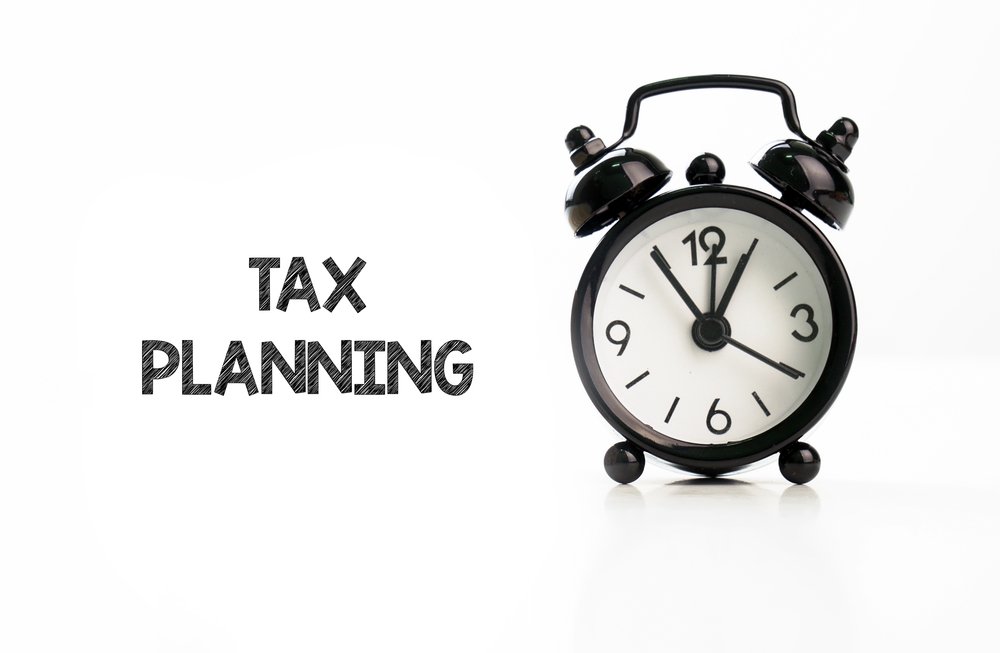Your Year-End Tax Planning
Optimising your marginal income tax rate
As the end of the tax year approaches, we hesitate to think about what we said this time last year. Stability was expected from a government with a sizeable majority promising to deliver on its manifesto. In fact, about the only significant promise delivered is the exit from the EU. In truth, the government has had little bandwidth to focus on anything other than the COVID-19 pandemic, and rightly so.
Who will pay for the pandemic?
The great debate between paying for the pandemic and reviving the economy has begun. The self-appointed Wealth Commission have proposed a 1% levy per annum on personal wealth over £0.5million for five years and claim this would repay all of the government debt taken to fund this pandemic. Seemingly the Chancellor is not taken with their ideas.
The Office of Tax Simplification, on the invitation of the Chancellor, has reviewed the simplification of Capital Gains Tax. The headline of their review is a closer alignment of capital gains tax rates with income tax rates – a potential doubling of the CGT rate if their proposals are accepted by government.
The historic position of the UK having one of the lower overall rates of taxation in the developed world cannot realistically be expected to continue, even with present lobbying claiming any tax rises would slow down the expected economic recovery. Likely changes to tax policy will include continued pressure to broaden the tax base, reduce tax reliefs available, and in all probability increase tax rates for the wealthiest in society.

Popular tax planning areas
Against this backdrop, it seems to us the priority must be to complete those transactions you can and undertake the tax planning you had in mind to undertake, ideally by the tax year-end of 5 April 2021, and preferably before the Budget Day of Wednesday 3 March 2021. The most popular areas for tax planning at this time of year remain:
- Optimising your marginal income tax rate
- Pension contributions
- Gift Aid donations
- Income allocation
- Capital gains tax planning
- Inheritance tax planning
- Leaving or arriving in the UK
In this post, we take a quick look at optimising your marginal income tax rate and we’ll be posting about the other areas in more detail over the forthcoming weeks.
Income tax planning

Your marginal income tax rate
There are a number of tax thresholds that can make a real difference to your tax liability each year. They are:
- Tax free income of up to £12,500
Every individual can have tax free income of up to the personal allowance of £12,500 in 2020/21. If this allowance has not been used, consider transferring or splitting ownership of income producing assets or putting savings in joint names. Alternatively, could your business justify the payment of a salary to your spouse or civil partner or your children to use up the personal allowance
- Effective tax rate of 15% on income of £50,000
Every individual also has a basic rate band of £37,500 in 2020/21 where income is taxed at 20%. When combined with the personal allowance, your tax liability is £7,500 on the receipt of £50,000 of income, which is a relatively low effective tax rate of 15%.
- The marginal 60% income tax rate
For those individuals with incomes over £100,000, the personal allowance is progressively withdrawn by £1 for every £2 of income. This results in an effective 60% marginal income tax rate on incomes between £100,000 and £125,000.
If your income is in this range, you should consider taking action to reduce your taxable income such as making in year pension contributions or Gift Aid donations, or investing in tax efficient investments under EIS, SEIS or VCT.
Alternatively, you may be able to either advance or defer the receipt of income to earlier or subsequent tax years so that you have no or little income in this income range.
Gift Aid for Charity Donations

Gift Aid remains one of the most effective ways to give money to charity and at the same time get a tax deduction for the amount given at your marginal rate of tax.
This is therefore a valuable relief for gifts to charities: the gift is made out of the donor’s taxed income and the charity benefits by claiming basic rate tax on the value of the gift. Higher rate taxpayers can claim 20% and additional rate taxpayers can claim 25% in extra tax relief.
For example, on an £800 donation to charity, the grossed up gift is £1,000 as the charity can claim back the basic rate tax of £200. As a higher rate taxpayer, you can claim back a further £200 making the net cost to you £600. If you are an additional rate taxpayer, you can claim back £250 making the net cost to you £550.
There is no cap on the amount which can qualify for Gift Aid relief, provided the donor has paid sufficient tax during the tax year to cover the charity’s reclaim from HMRC.
The alternative to Gift Aid – gifts of assets to charity
Gifts of assets in specie to charity are generally more tax efficient than cash gifts under Gift Aid, particularly where the assets are standing at a gain over their original cost.
Income Tax relief is available on the market value of the asset gifted to charity against your total income. In addition, the asset is deemed to be sold at no gain or no loss such that there is no Capital Gains Tax liability. Only specific types of asset qualify for this tax relief – most notably quoted shares and securities.
Call us
If you’d like advice about your year-end tax planning and what you need to do, call us today and we can discuss your options.


